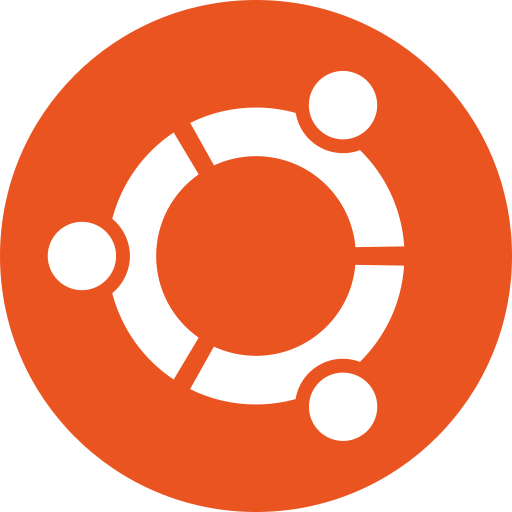
Upgrading RHEl 7.2 to 7.3 ~]# mkdir /media/rhel7 Now, if you don’t require previously created repository for another installation or update, you can delete repository file by using below command: rm /etc//new.repo
Yum cant install tcpdump upgrade#
The above command will upgrade your system to the version provided by the mounted ISO image.Īfter system upgrading successful, you can unmount the ISO image using the following command: umount mount_dir
Yum cant install tcpdump update#
To update all repository source available at /etc// use the following command: yum update Replace mount_dir with ISO image mounted directory’s path. Edit baseurl into newly created repository file as shown below: baseurl=file:///mount_dir Now, you need to configure a new repository file to point Red Hat installation ISO image. You can copy media.repo into directory /etc//, you can keep any name for your new repository file, follow below command to create a new repository file.

The -o loop option is use to mount the file as a block device. Replace iso_name with the path of ISO image and mount_dir with a path of the target directory. Use below command as the root user: # mount –o loop iso_name mount_dir To mount Red Hat ISO image to the previously created target directory. Generally, we are creating directory under the /media directory. You can use the following steps to upgrading Linux System:Ĭreate a directory to mount the ISO image. When your system not connected with internet, you can use Linux installation ISO image file to update system easily and quickly. You can configure yum-cron, edit the file /etc/sysconfig/yum-cron, there are options to configure frequency, and notification alert.

Update all packages and their dependencies Yum runs in interactive mode by default, If you know the process and transaction going to performed by Yum command you can use -y option with the command to automatically answer Yes to any question asked by Yum while updating packages. Yum will present the update information with package name and version including dependencies and then prompts you to ask whether you want to perform the update. The above output will show you the package name with CPU architecture, version of packages, and repository name where package is available. Using Yum package manager, you can check available update for installed packages in your system, as shown below: # yum check-update In this section of YUM tutorial, we will learn to check available update and update packages, and also we will learn to upgrade system in off-line mode using Operating system’s ISO files. Additional Resources YUM Package Manager – Check and Update packages


 0 kommentar(er)
0 kommentar(er)
